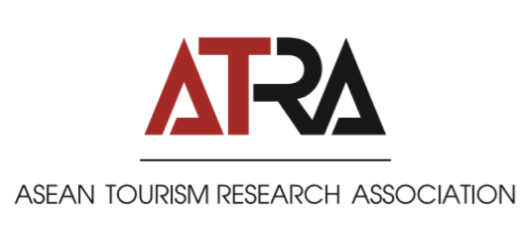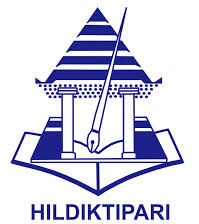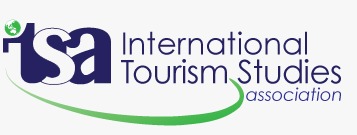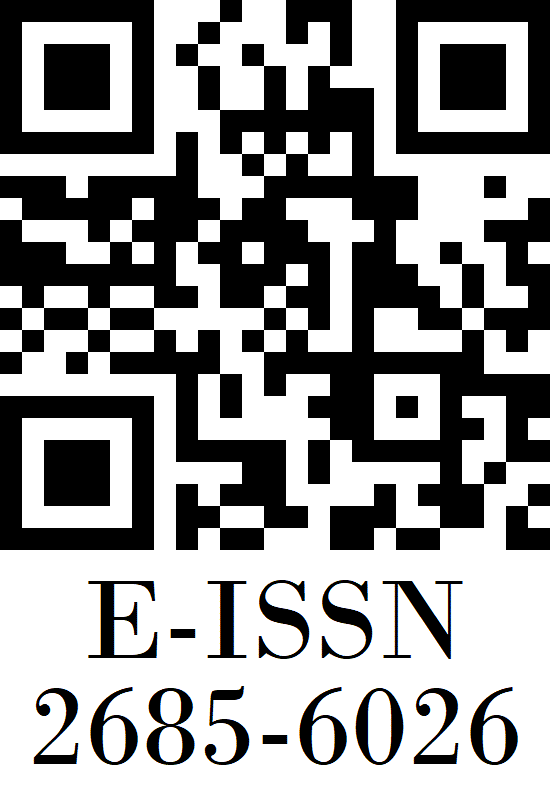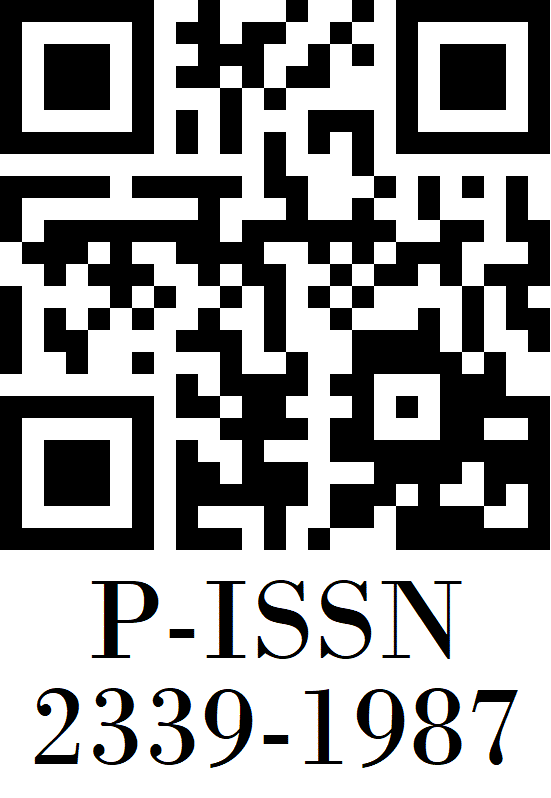THE COMPETITIVENESS ANALYSIS OF HALAL TOURISM: EVIDENCE FROM NUSA TENGGARA BARAT
English
DOI:
https://doi.org/10.35814/tourism.v8i2.1827Keywords:
halal tourism, competitiveness, regional economy, NTBAbstract
The aim of this study was to analyze the increase in the tourism sector and to determine the position of the tourist destinations competitiveness in Nusa Tenggara Barat Province. This research methodology is a quantitative research and conducted technique analysis with Competitiveness Monitor (CM) Index, which is a method that can be used to measure the competitiveness of the tourism industry. The results of this study found that the competitiveness index of the Nusa Tenggara Barat (NTB) tourism industry in 2019 was higher than the results of the calculation of the competitiveness index in 2018. The competitiveness of the tourism sector in NTB Province continues to increase which is give benefit for PAD (Income Original Region) NTB Province. The finding of this study is expected to provide suggestions for local governments to be able to develop halal tourist destinations that are competitive and able to make the tourism sector one of the mainstays in contributing to Regional Original Income (PAD) which can improve community welfare.
References
Barat, P. N. (2019). Prioritas Plafon Anggaran Sementara APBD Provinsi NTB Tahun 2020. Mataram: Pemerintah Provinsi NTB.
Battour, M. H. (2018). The perception of non-Muslim tourists towards halal tourism: Evidence from Turkey and Malaysia. Journal of Islamic Marketing, 9(4), 823-840.
Boğan, E. (2019). Halal tourism: conceptual and practical challenges. Journal of Islamic Marketing, 10(1), 87-96.
Cimini, G., Gabrielli, A., & Labini, S. (2014). The scientific competitiveness of nations. PLoS ONE 9(12): e113470. doi:10.1371/ journal.pone.0113470.
Competitiveness, T. T. (2015). The Travel and Tourism Competitiveness Report. http://www3.weforum.org/docs/TT15/WEF_Global_Travel&Tourism_Report_2015.pdf .
Eddy, S., & Metz, I. (2015). Multiculturalism as a Strategy for National Competitiveness: The Case for Canada and Australia. Bus Ethics, 128:253–266 DOI 10.1007/s10551-014-2089-8.
Harahsheh, S. H. (2019). Implications of marketing Jordan as a Halal tourism destination. Journal of Islamic Marketing.
Isa, S. M. (2018). Muslim tourist perceived value: a study on Malaysia Halal tourism. Journal of Islamic Marketing, 9(2), 402-420.
Khoiriati, S. D., Suharko, I. M., & Dinarto, D. (2018). Debating halal tourism between values and branding: A case study of Lombok, Indonesia” in The 1st International Conference on South East Asia Studies. KnE Social Sciences, 494-515.
Muhamad, N. S. (2019). Halal Tourism: Literature Synthesis and Direction for Future Research. Pertanika Journal of Social Sciences & Humanities, 27(1).
Organization, W. T. (2008). Tourism Highlight 2008 Edition. UNWTO Publication Department. Peru: WTO.
Pamungkas, A. M. (2018). Analisis Daya Saing Pariwisata Di Kabupaten Simalungun Untuk Meningkatkan Ekonomi Daerah [Skripsi]. Program Studi Ekonomi Pembangunan. Medan. Indonesia.: Fakultas Ekonomi Dan Bisnis, Universitas Sumatera Utara.
Qomaruzzaman, B. R., & Rachmawati, R. (2017). Analysis of Competitiveness of Tourism Destination Areas to Determine Development Priority Scale in East Java (Case study: Jember Regency and Banyuwangi Regency). Jember: STIE Mandala.
Santos, S. F., & Brandi, H. (2014). A canonical correlation analysis of the relationship between sustainability and competitiveness. Clean Techn Environ Policy. 16:1735–1746. DOI 10.1007/s10098-014-0755-2.
Sofyan, R. (2012). Prospek Bisnis Pariwisata Syariah. Jakarta: Republika.
Sofyan, R. (2018). Sofyan Hospitality’s Analysis based on several sources. Jakarta: http://jakarta-tourism.go.id.
Statistik, B. P. (2019). Nusa Tenggara Barat Dalam Angka. Mataram, Provinsi Nusa Tenggara Barat. Mataram: Badan Pusat Statistik.
Statistik, B. P. (2019). Pariwisata dan Tujuan Pembangunan Berkelanjutan. Mataram, Provinsi Nusa Tenggara Barat. Mataram: Badan Pusat Statistik.
Statistik, B. P. (2020). Nusa Tenggara Barat Dalam Angka. Mataram, Provinsi Nusa Tenggara Barat. Mataram: Badan Pusat Statistik.
Statistik, B. P. (2020). Statistik Daerah Provinsi Nusa Tenggara Barat. Mataram, Provinsi Nusa Tenggara Barat. Mataram: Badan Pusat Statistik.
UNEP. (2011). Towards a Green Economy: Pathways to Sustainable Development and Poverty Eradication. www.unep.org/greeneconomy.
Wibisono, N. (2017). Di Balik Membaiknya Daya Saing Pariwisata Indonesia. https://tirto.id/di-balik-membaiknya-daya-saing-pariwisata-indonesia-cmNf.
Zili, L., & Benhua, X. (2014). Core Compettitives Elementa of Tourism Industry in Ethnic Villages. Journal of Lanscape Research, 6 (11-12), 19-21.




